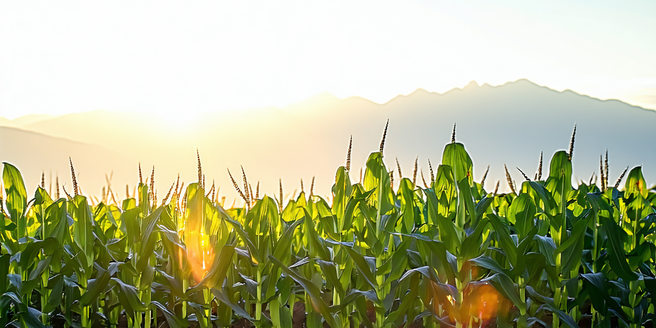
The Historical Significance of Native American Farming Methods
Native American farming methods have been integral to sustaining communities for centuries. The Three Sisters, a combination of corn, beans, and squash, represents a polyculture that enhances soil fertility and reduces pest impact while providing a balanced diet. These methods reflect a deep understanding of ecological balance and resilience, traits that are increasingly relevant today. Native communities have long prioritized sustainable practices, such as crop rotation and agroforestry, allowing for conservation of biodiversity and ecosystem health. By examining the historical success of these techniques, modern agriculture can adopt more sustainable and resilient food systems. Furthermore, this knowledge underscores the importance of recognizing Indigenous contributions to our collective agricultural heritage.
Key Practices and Techniques Passed Down Through Generations
Traditional Native American agricultural techniques offer valuable insights into sustainable farming. Practices like intercropping and no-till farming have been passed down through generations, emphasizing harmony with nature. The interdependence seen in the Three Sisters planting technique demonstrates an advanced understanding of plant relationships that enhance growth and soil health. Additionally, the use of natural fertilizers and pest control reflects a commitment to minimizing the ecological footprint. Oral traditions and community collaboration further enrich these techniques, ensuring the continuation and evolution of Indigenous knowledge. As modern farmers encounter challenges related to soil degradation and climate change, these ancestral practices provide actionable strategies for improving long-term agricultural resilience.
Sustainable Land Management: Lessons from Indigenous Practices
The sustainable land management practices of Native American communities provide timeless lessons urgently needed in modern agriculture. By maintaining a reciprocal relationship with the land, Indigenous peoples have cultivated strategies like crop rotation, controlled burns, and water harvesting that enhance soil health and promote biodiversity. These methods not only prevent erosion and preserve water resources but also increase resilience against climate-related threats. Modern agricultural systems can benefit from integrating these practices, promoting a more sustainable and regenerative approach to farming. Indigenous perspectives on land stewardship highlight the importance of viewing land as a living entity that requires active collaboration and respect, paving the way for more ethical and effective environmental management.
The Role of Biodiversity in Native American Agriculture
Biodiversity plays a central role in Native American agricultural systems, offering resilience and balance to the ecosystems. Practices such as polyculture and the preservation of heirloom seeds are used to maintain variety, ensuring crops are better equipped to withstand pests, diseases, and climatic changes. This emphasis on diversity not only supports ecosystem health but also fortifies traditional diets and cultural practices. Understanding these dynamics empowers modern agriculture to adopt similar diversified cropping systems, which can lead to reduced chemical inputs and enhanced food security. By valuing and preserving biodiversity, Native American agriculture creates a model of sustainability that challenges monoculture and industrial practices prevalent today.
Modern Adaptations of Traditional Indigenous Techniques
Modern agricultural systems are increasingly turning to Indigenous knowledge to address contemporary challenges. Techniques such as intercropping and agroecology, derived from traditional Native American practices, are being adapted to improve soil health, increase yields, and reduce dependence on chemical inputs. These methods prioritize sustainability and ecological balance by mimicking natural systems. Farmers are using cover crops, diverse plantings, and natural pest controls inspired by these age-old practices to build resilience against climate change. By incorporating Indigenous wisdom with modern technology, a more holistic approach to agriculture is emerging, one that respects the cycles of nature while increasing productivity and food security for future generations.
Collaborating with Native Communities for Agricultural Innovation
Collaborating with Native communities offers a pathway to innovative agricultural practices grounded in centuries of ecological knowledge. By engaging with Indigenous experts, researchers and farmers can access time-tested strategies for sustainable land management and crop diversity. This collaboration fosters mutual learning, empowering Native communities while enhancing modern agricultural systems with resilient techniques. It also emphasizes the importance of cultural sensitivity and respect for intellectual property rights, ensuring that partnerships are equitable and beneficial. Through inclusive dialogue and shared goals, the integration of Indigenous wisdom can lead to pioneering solutions for global food security and environmental sustainability.
